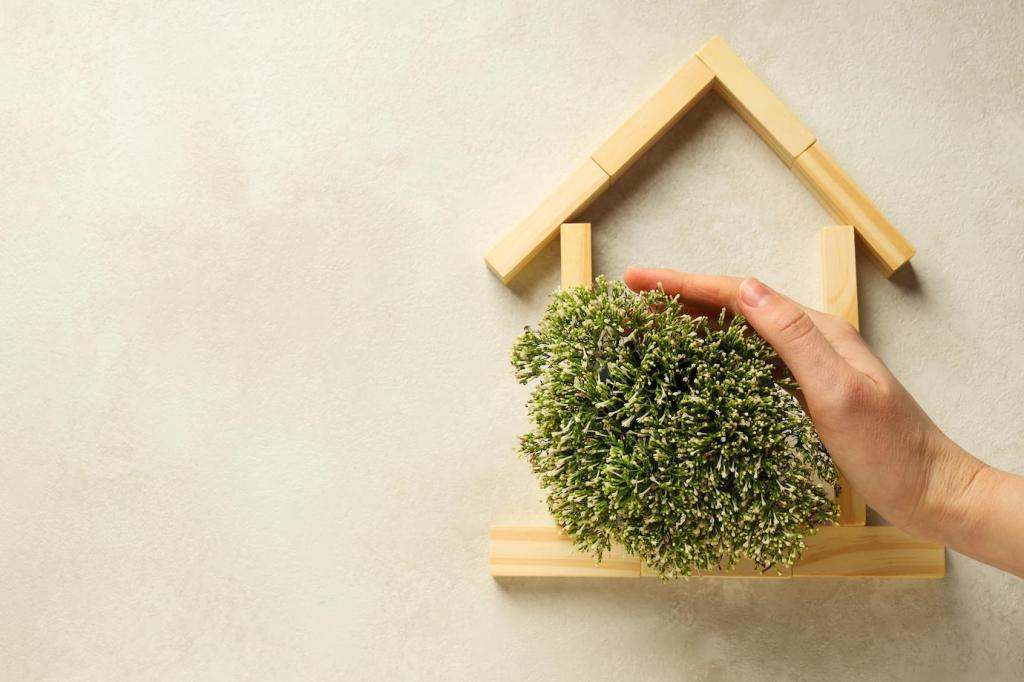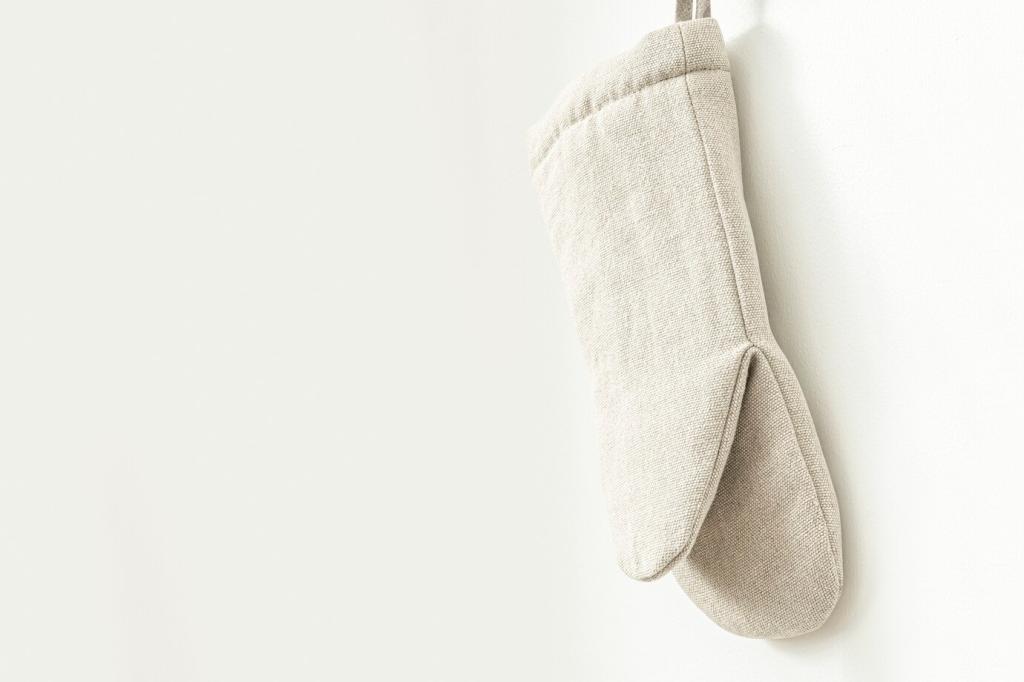This website uses cookies so that we can provide you with the best user experience possible. Cookie information is stored in your browser and performs functions such as recognising you when you return to our website and helping our team to understand which sections of the website you find most interesting and useful.
Sustainable Materials in Modern Interior Design
Sustainable materials have become the cornerstone of contemporary interior design, reflecting a shift toward environmental consciousness and healthier living spaces. Driven by a need to reduce ecological footprints, designers and homeowners now embrace materials that minimize harm to the planet without sacrificing aesthetics or functionality. This approach redefines the beauty of interiors, proving that style can coexist with sustainability. As innovation expands the possibilities for eco-friendly choices, sustainable materials now offer both performance and sophistication, enabling the creation of interiors that are not only visually stunning but also ethically responsible. Explore how these materials are changing the landscape of modern design.
Understanding Sustainable Materials


Cotton, Linen, and Hemp

Wool and Other Animal Fibers

Innovative Applications in Modern Design
VOC-Free and Natural Paints
Eco-Friendly Wood and Surface Finishes
Advances in Treatment Technologies
Engineered Sustainable Surfaces

Recycled Composite Countertops

Sustainable Alternatives to Tile and Stone

High-Performance Eco Laminates

Biophilic Design and Renewable Resources
Challenges and Considerations


